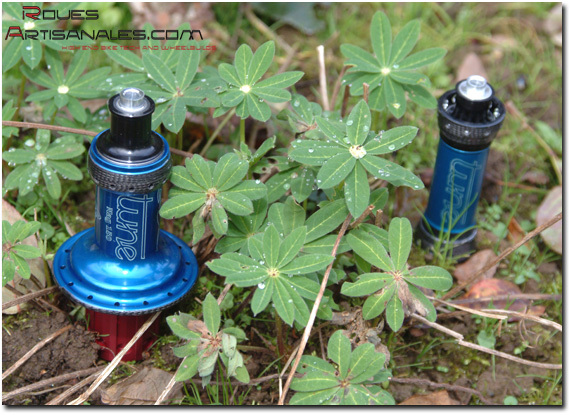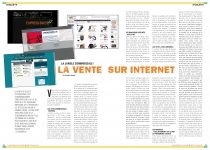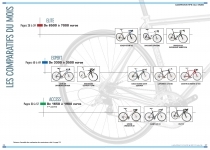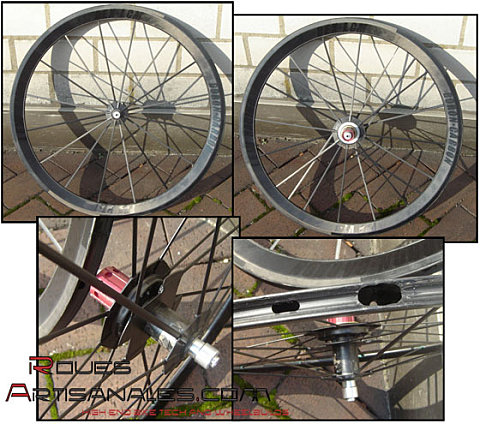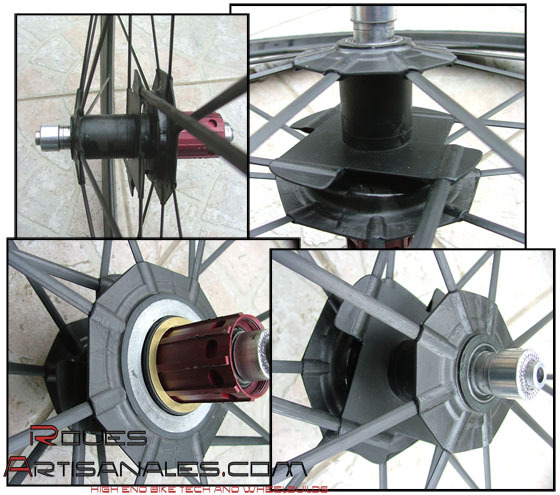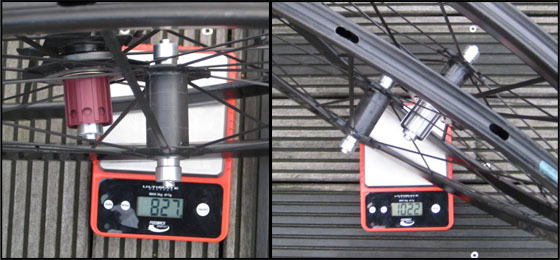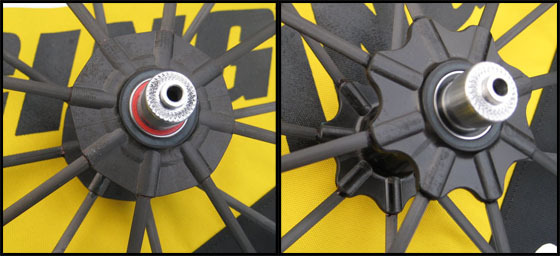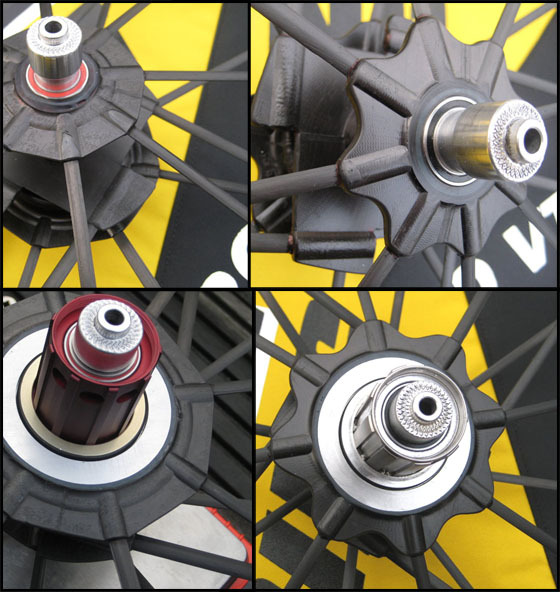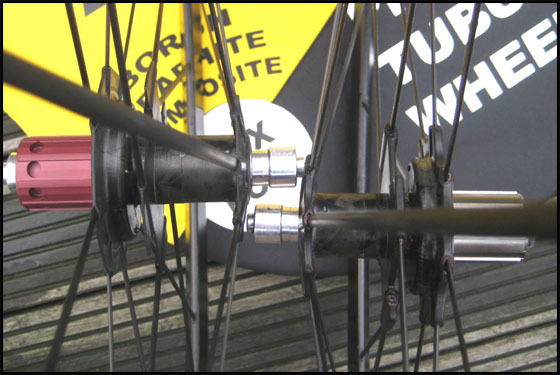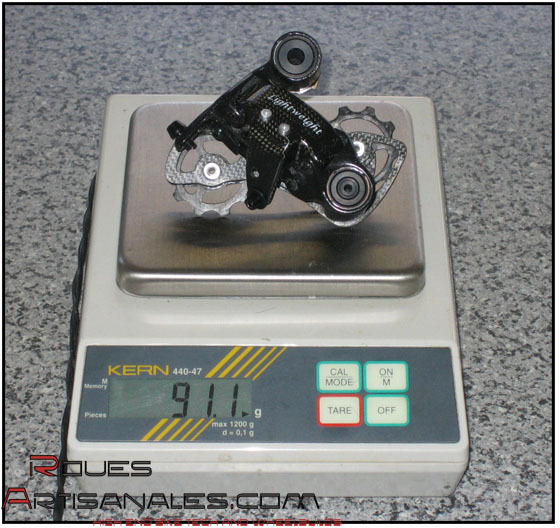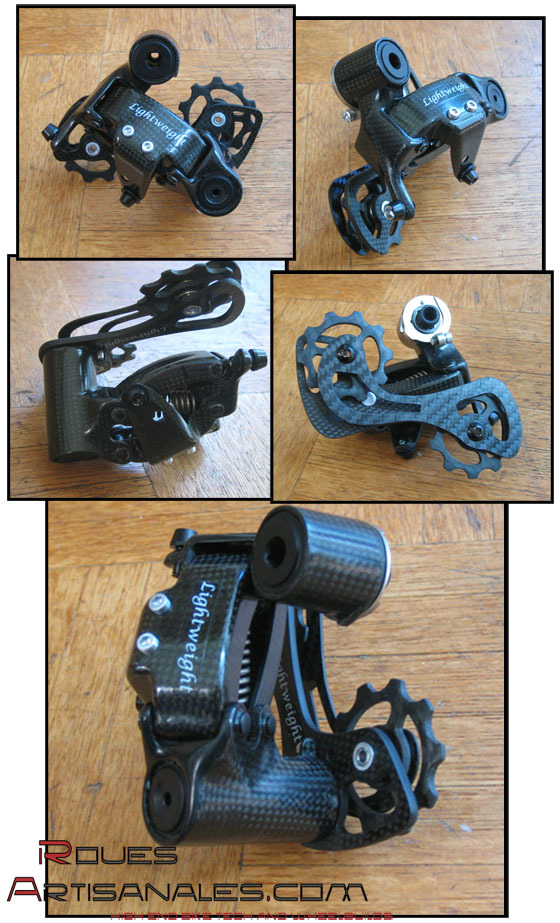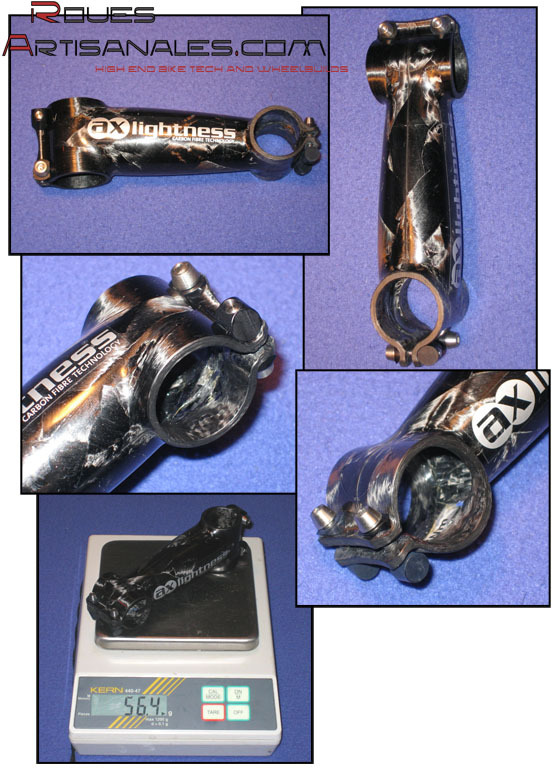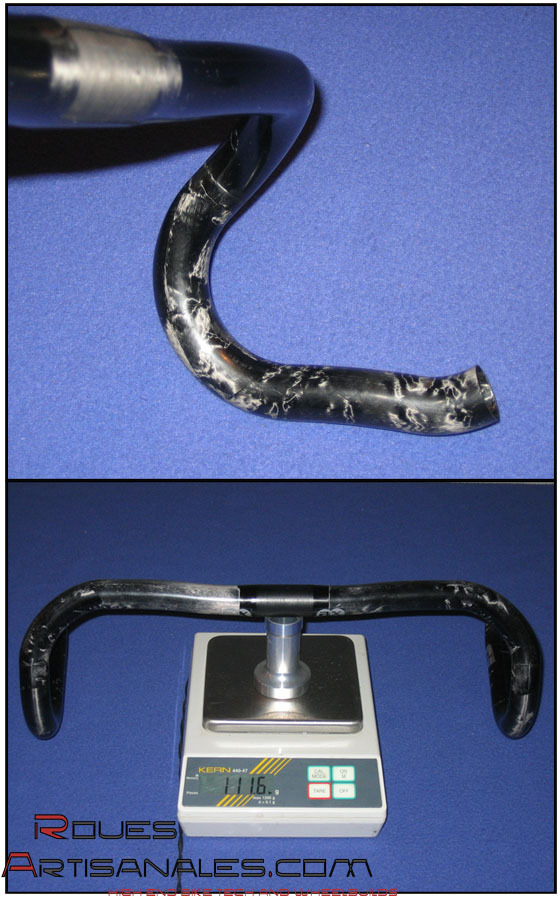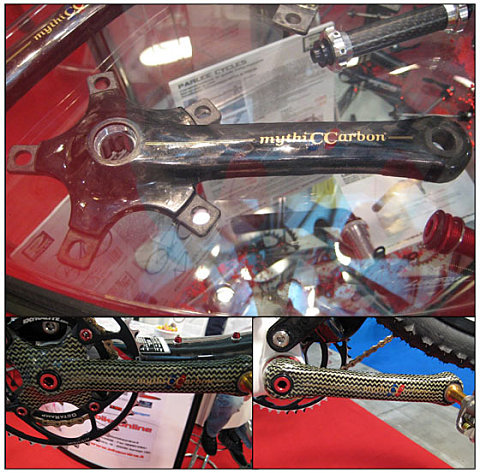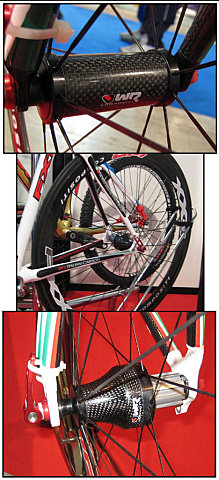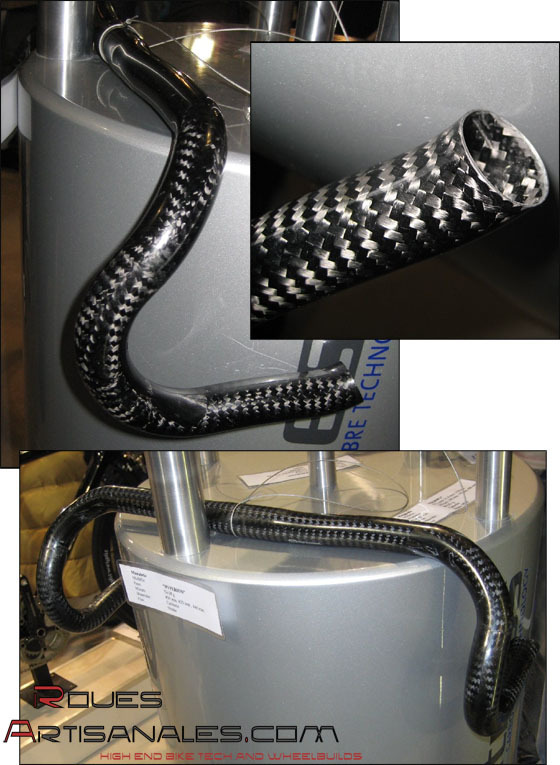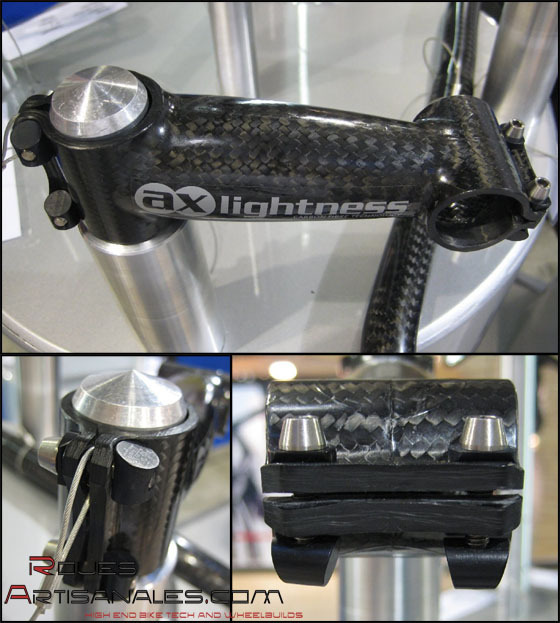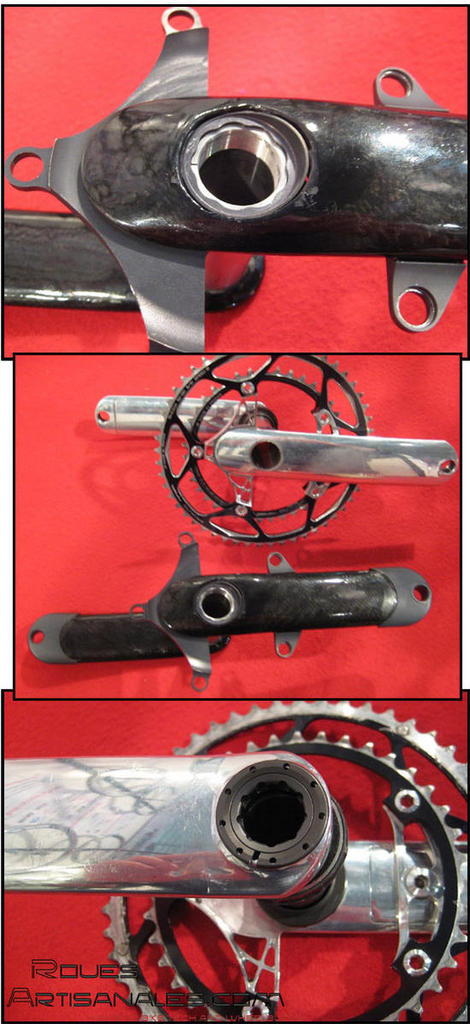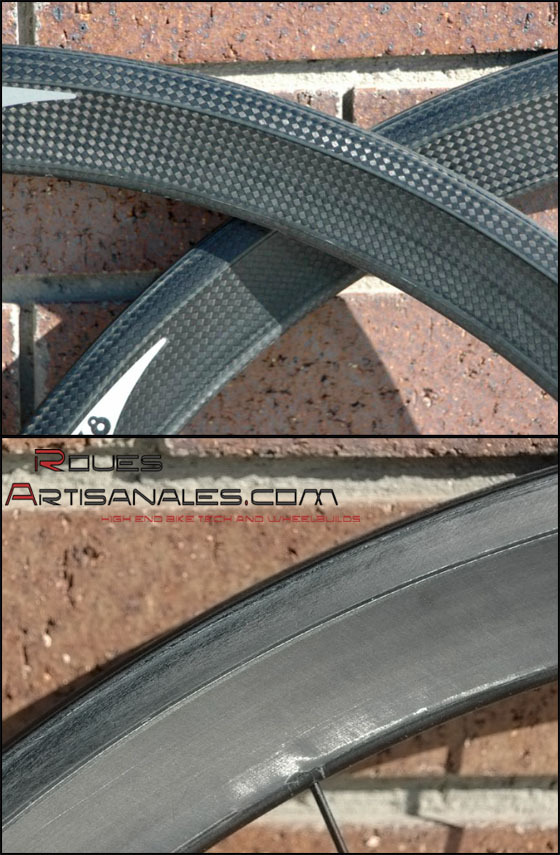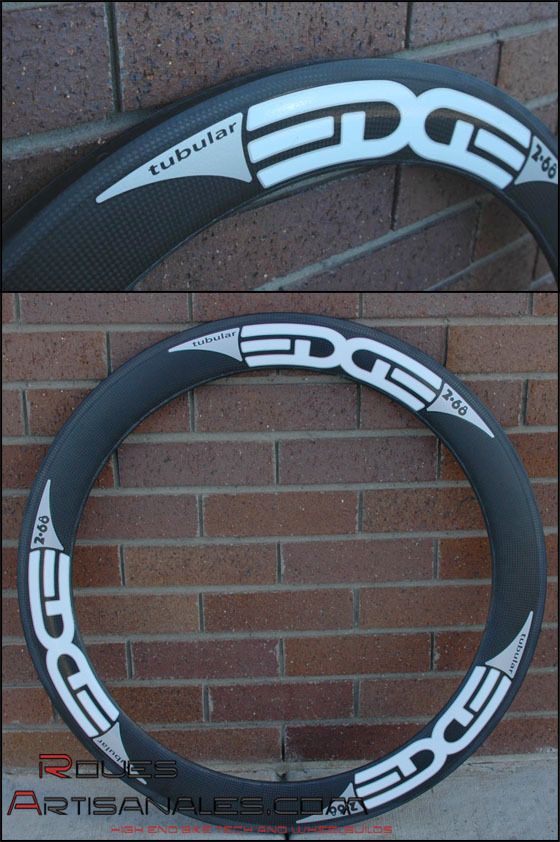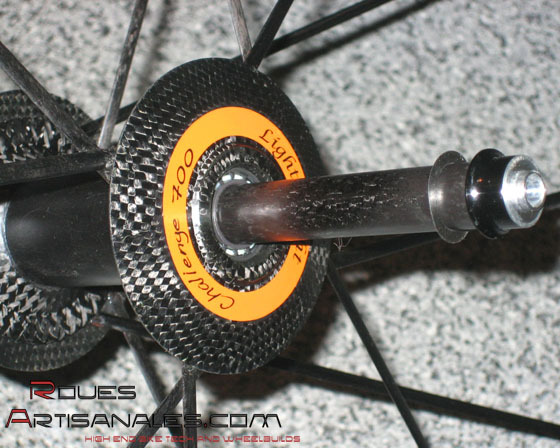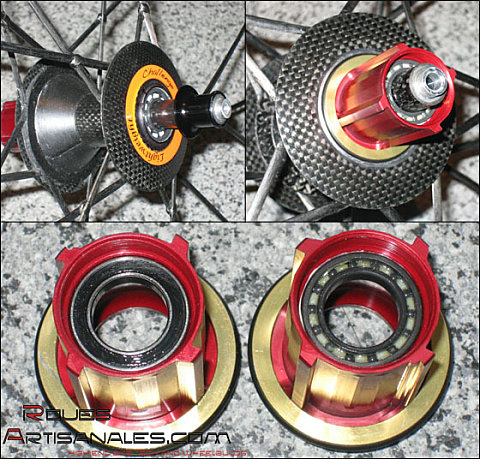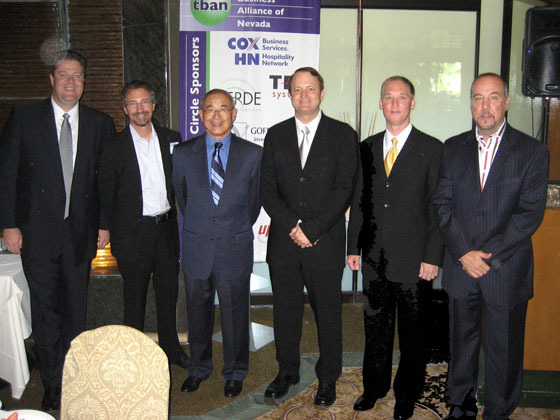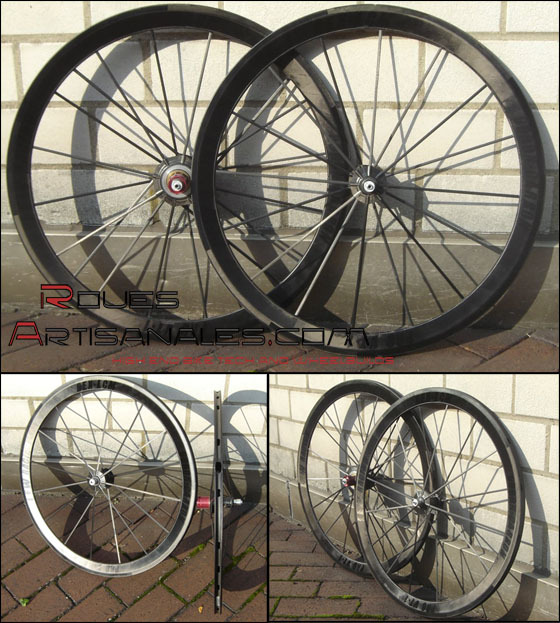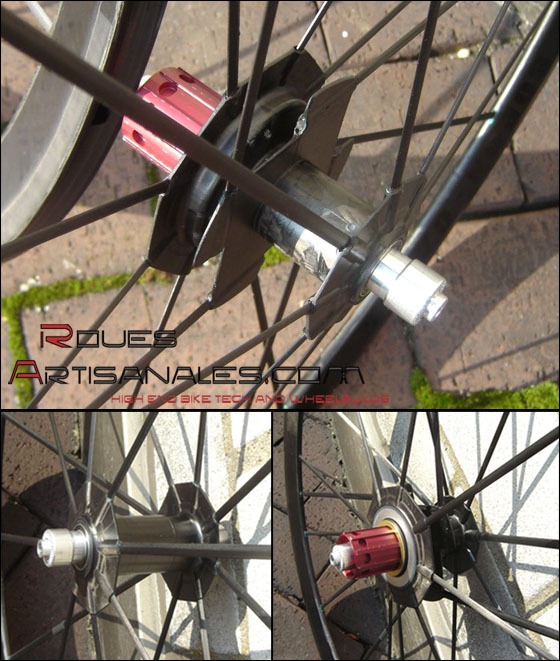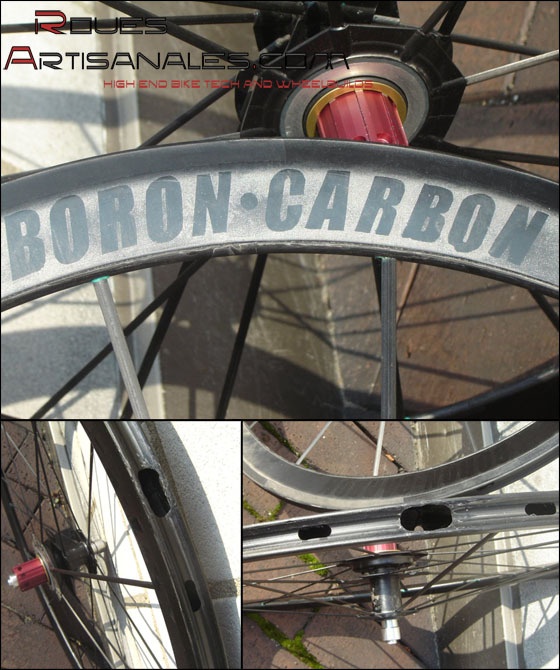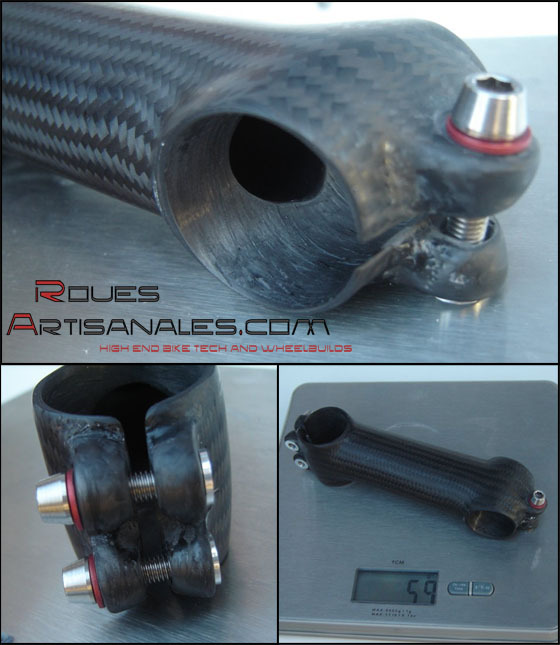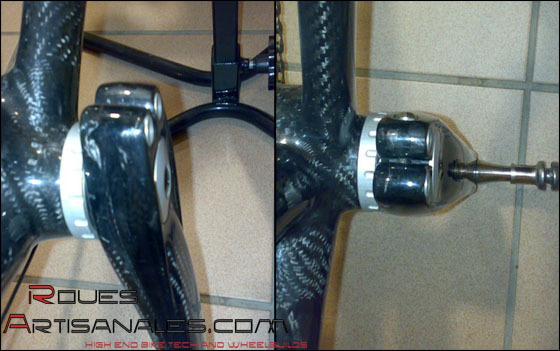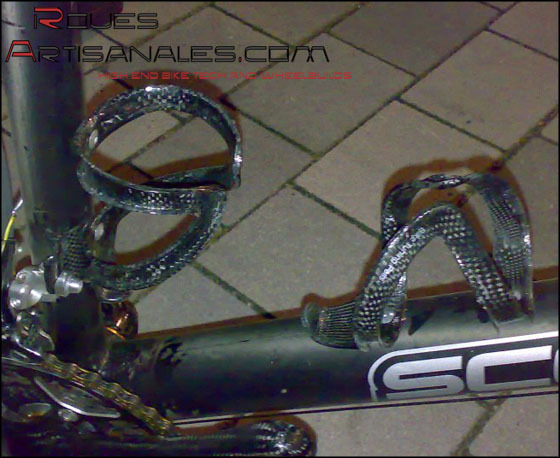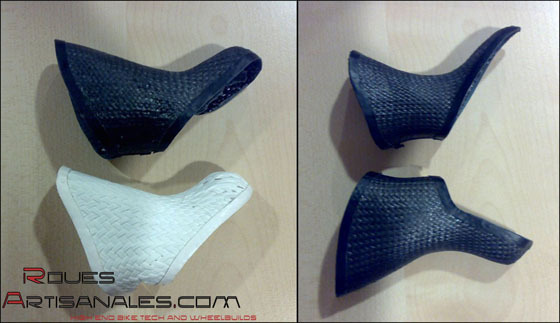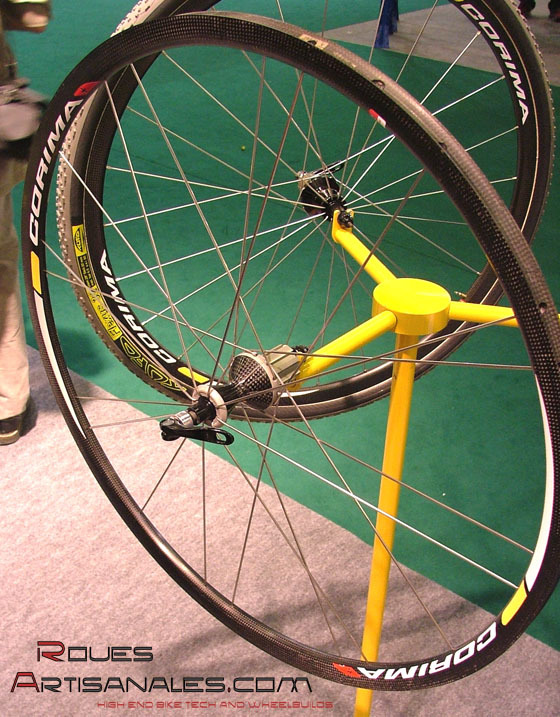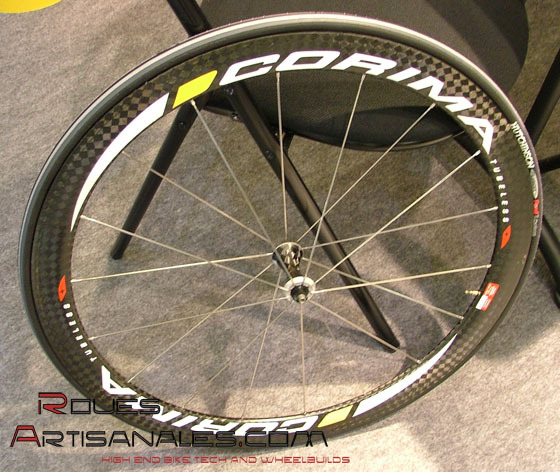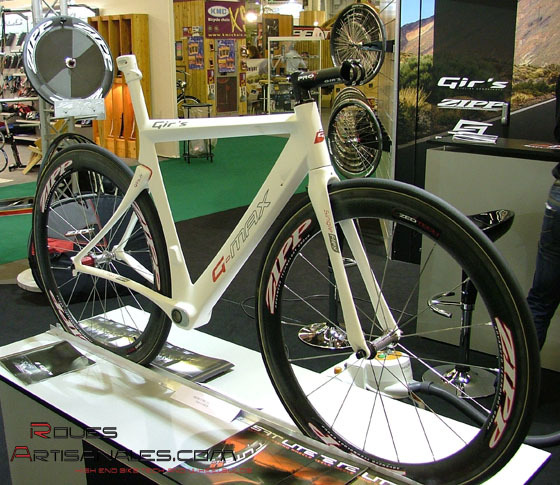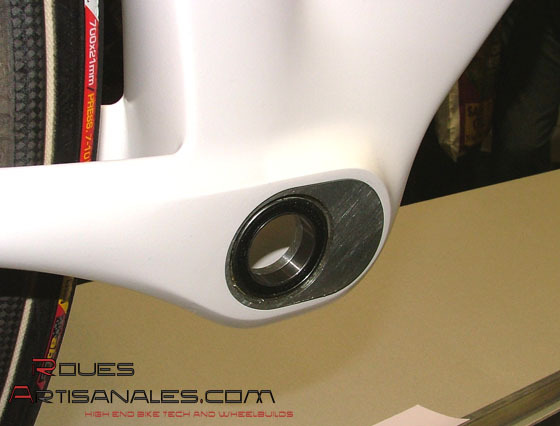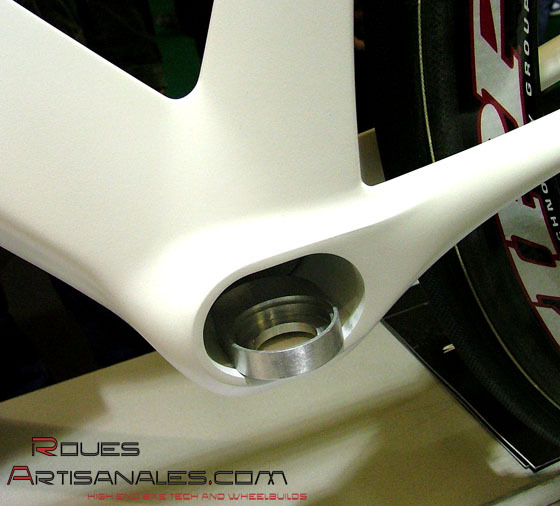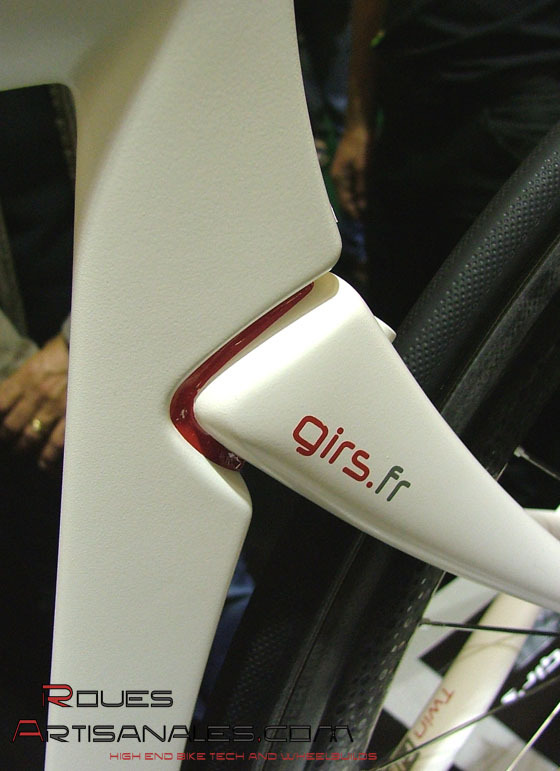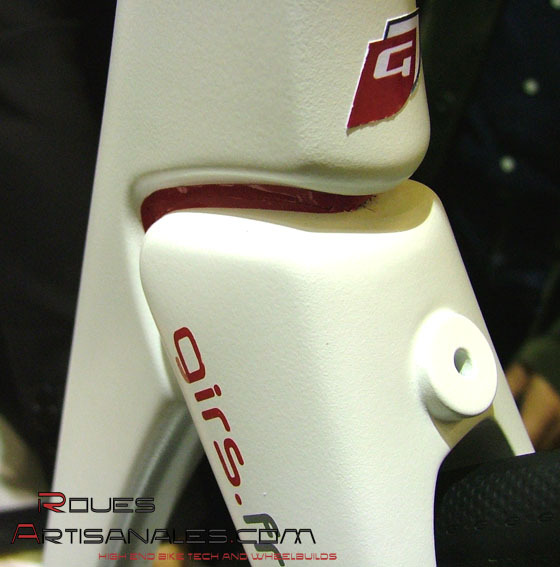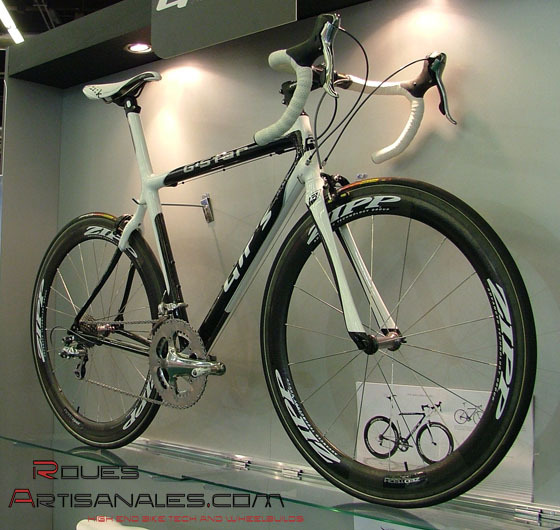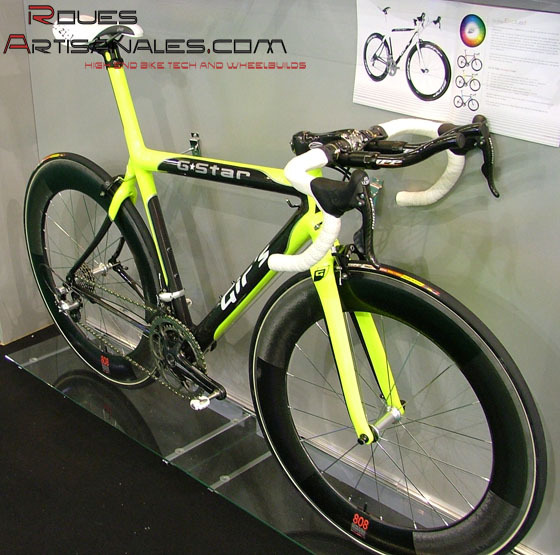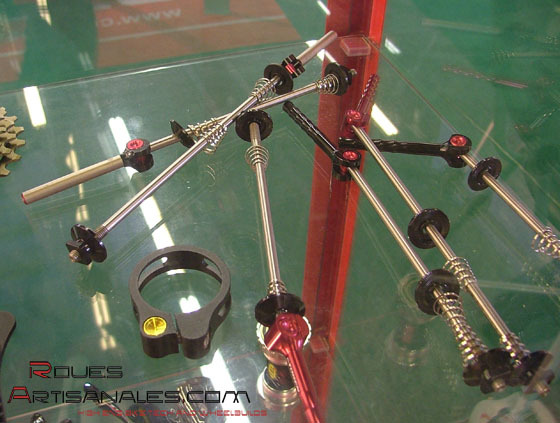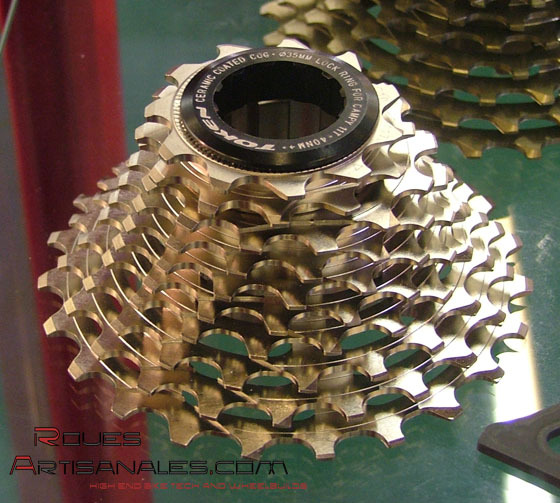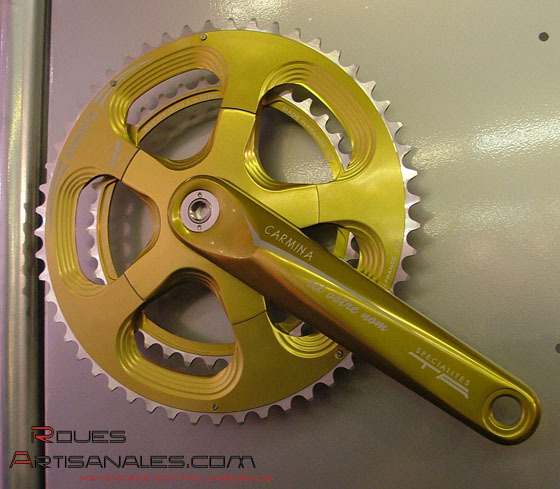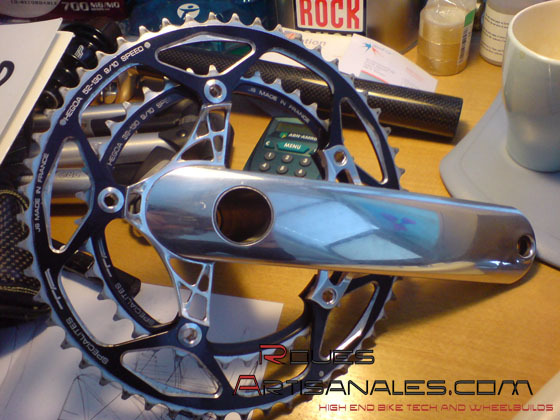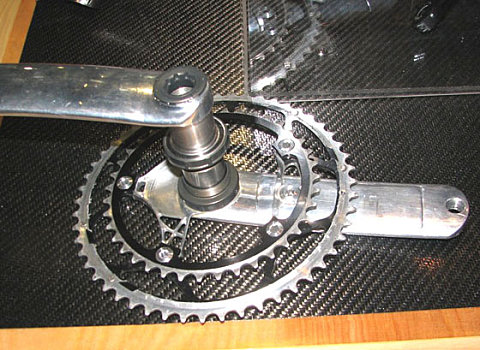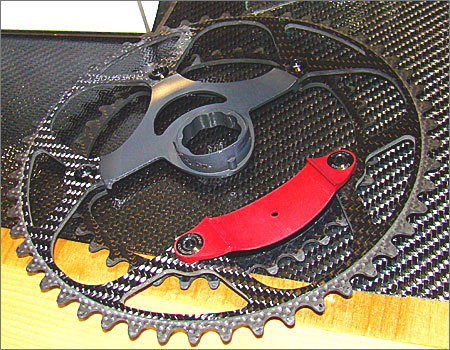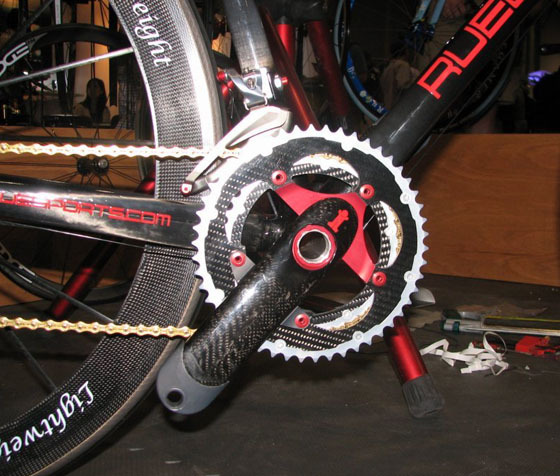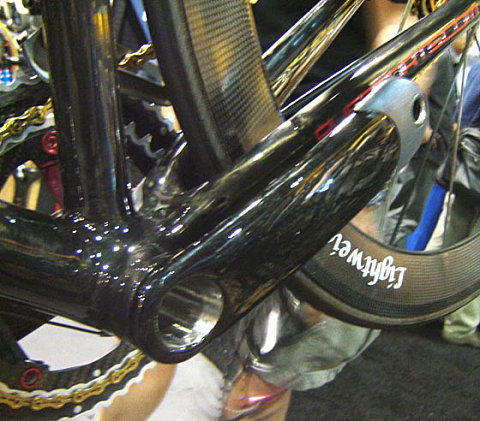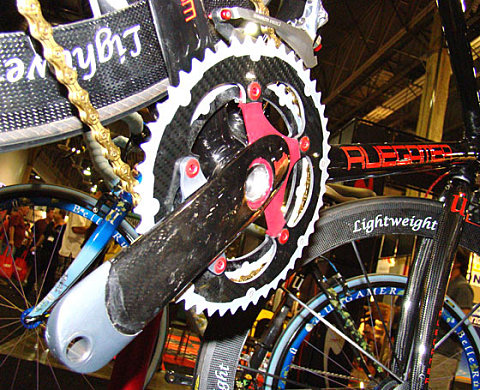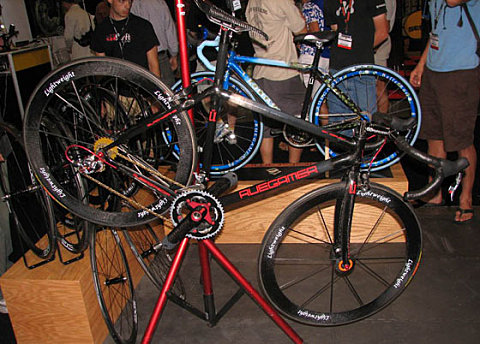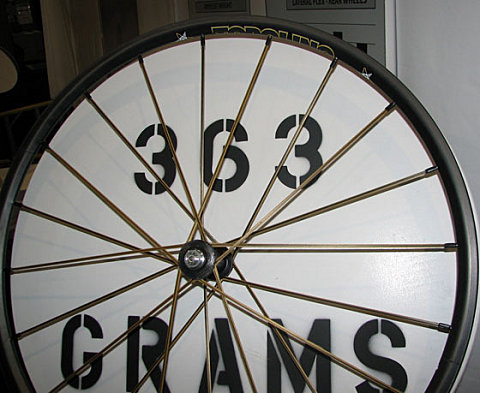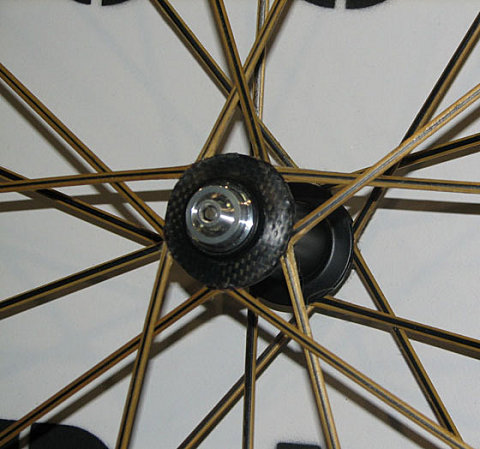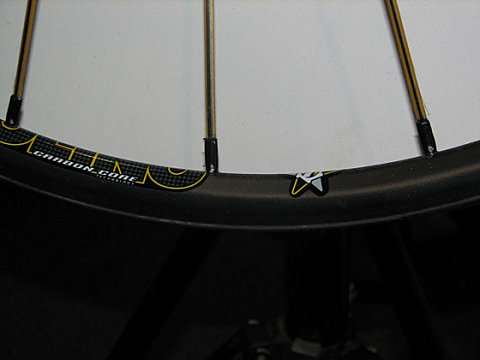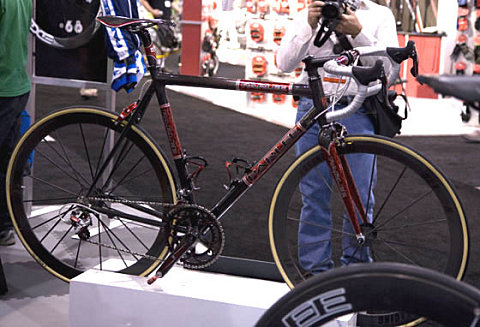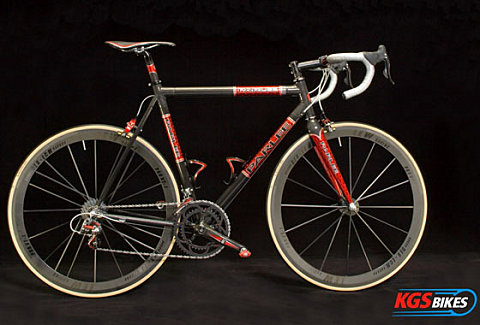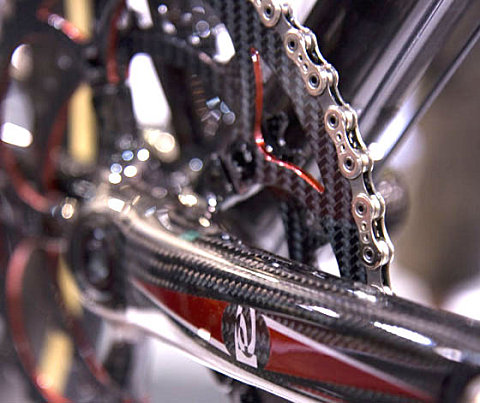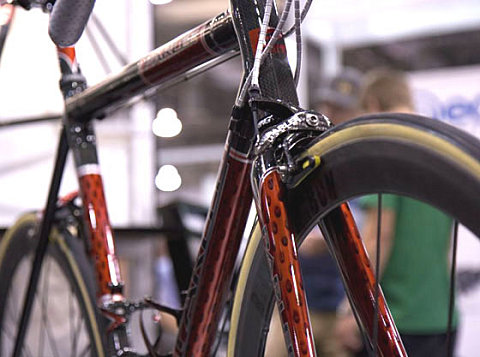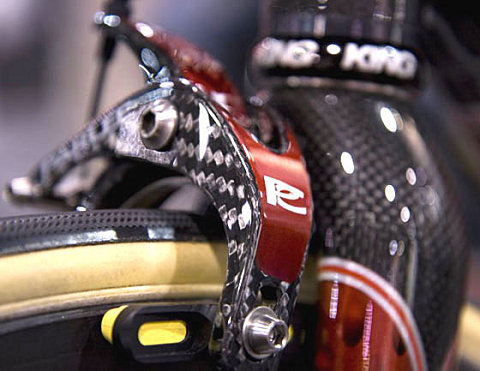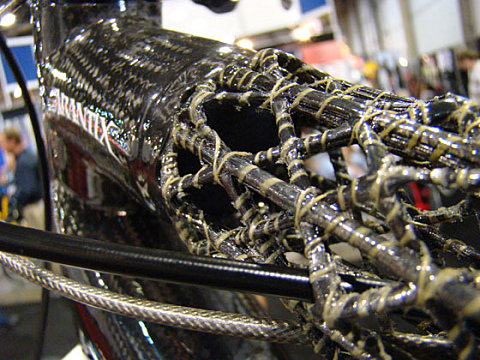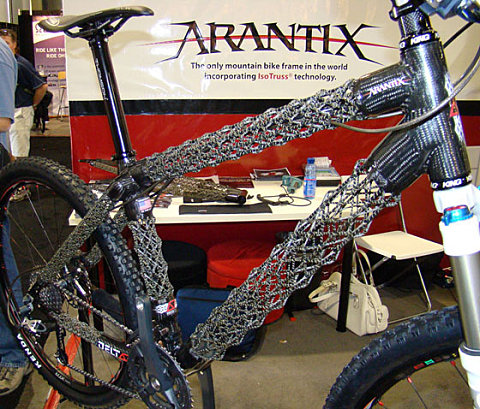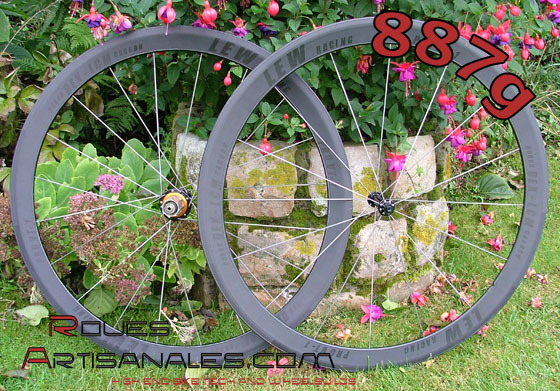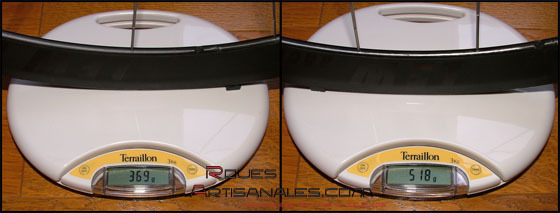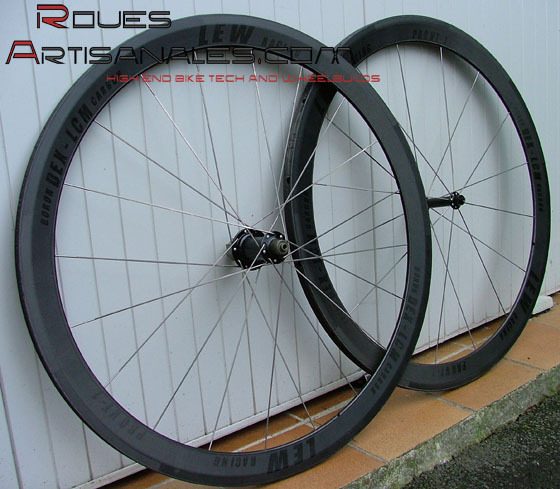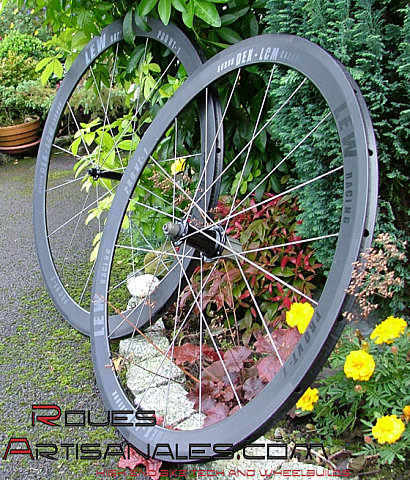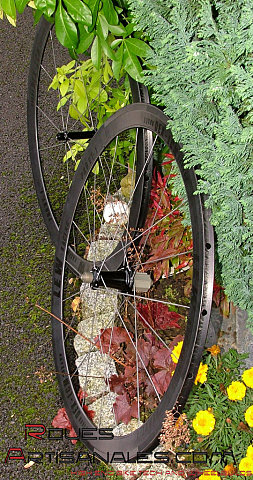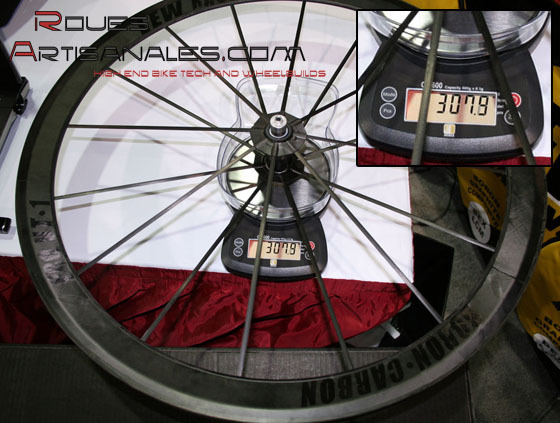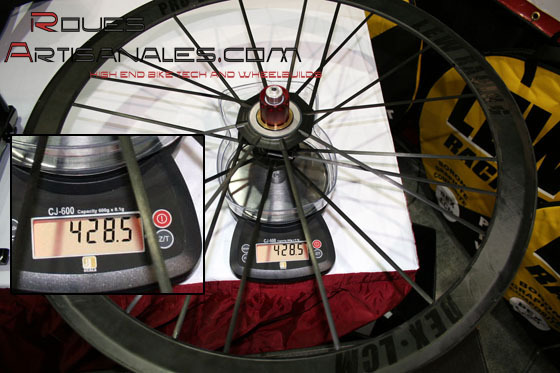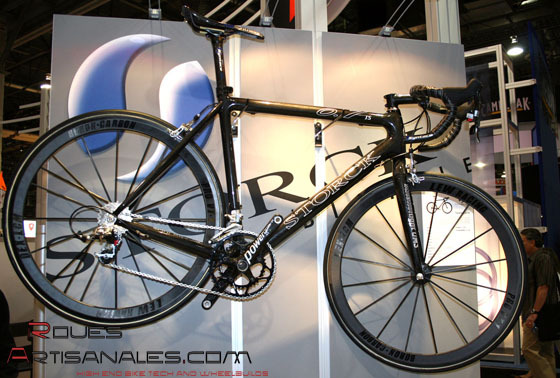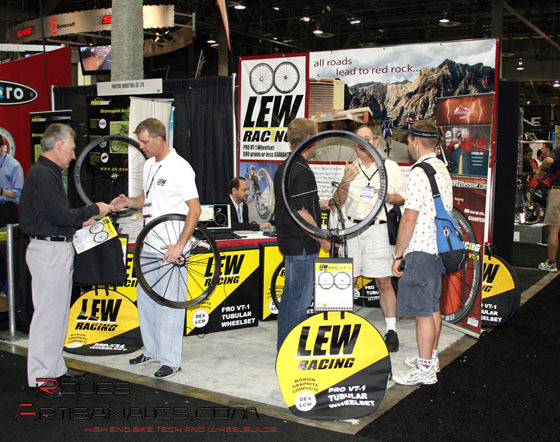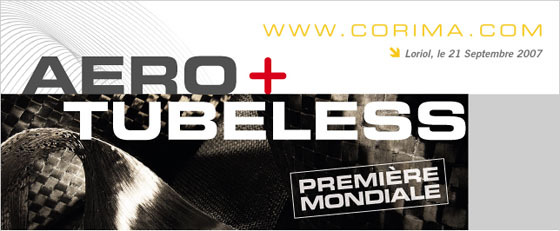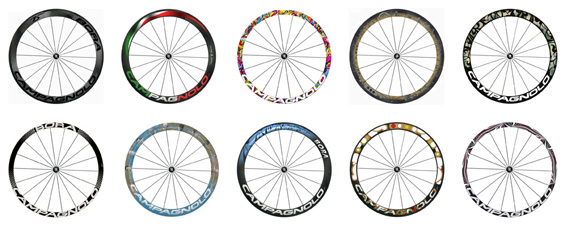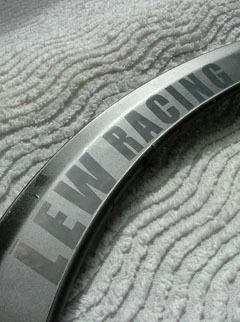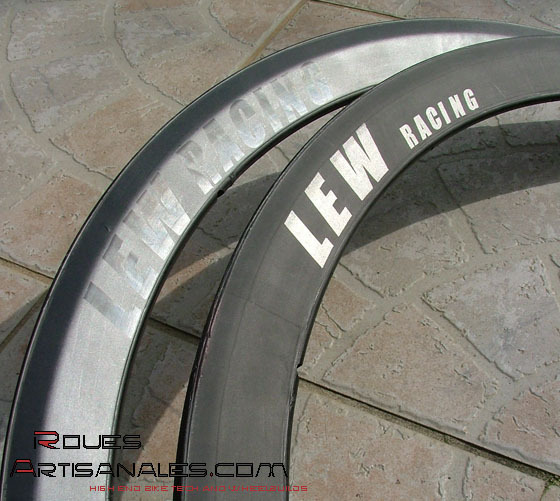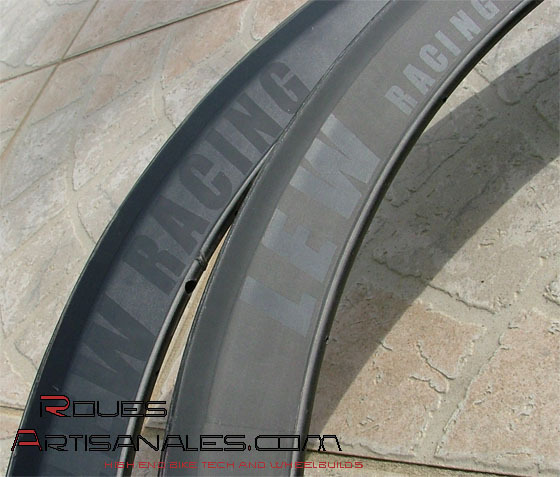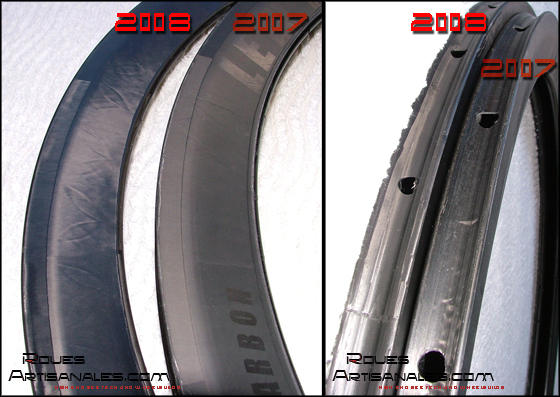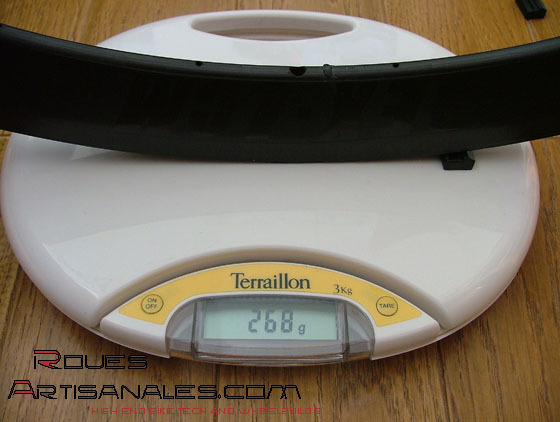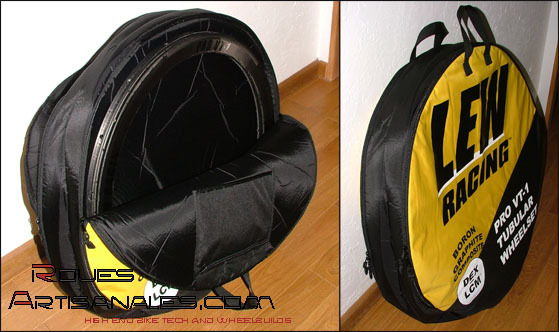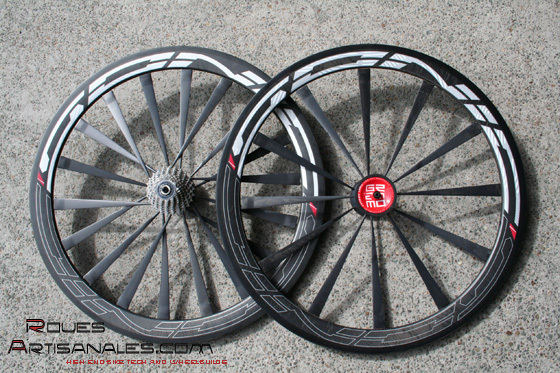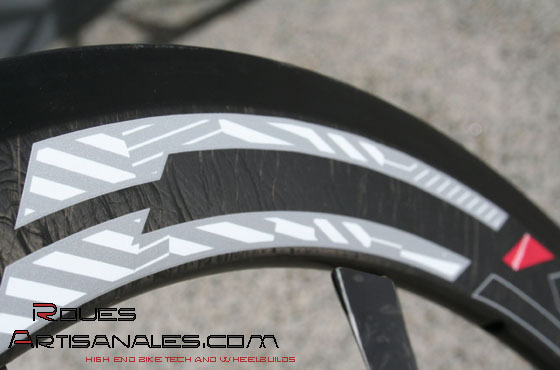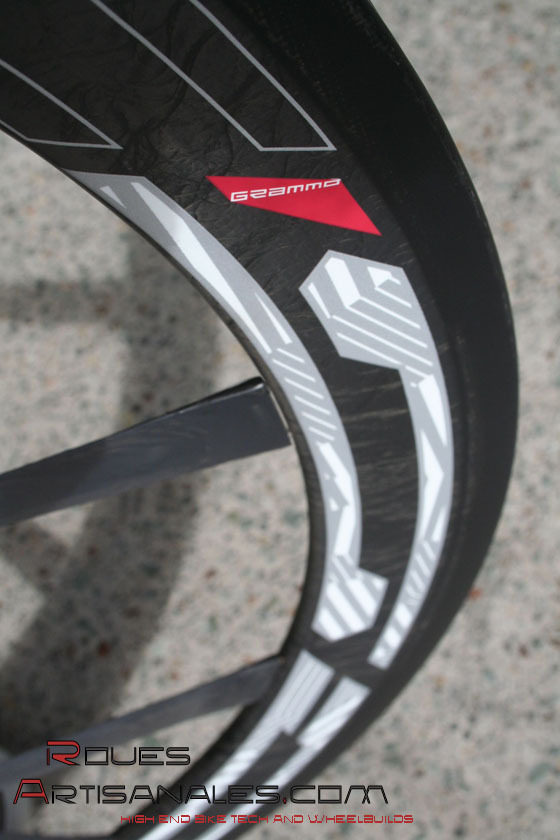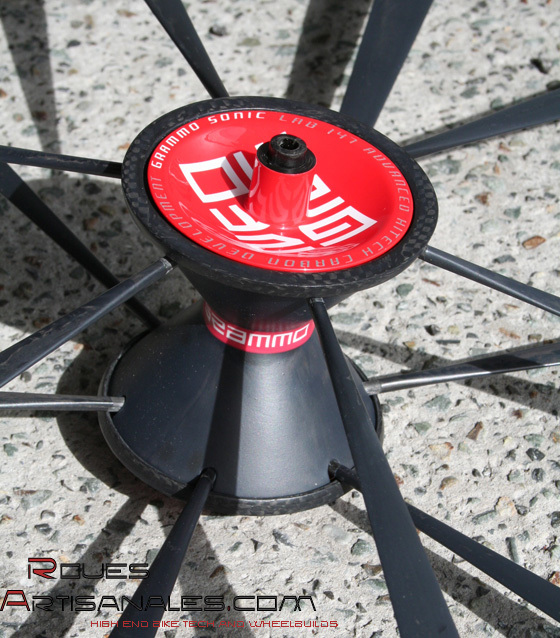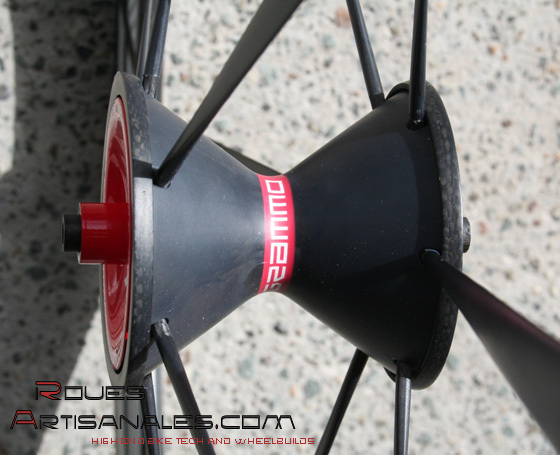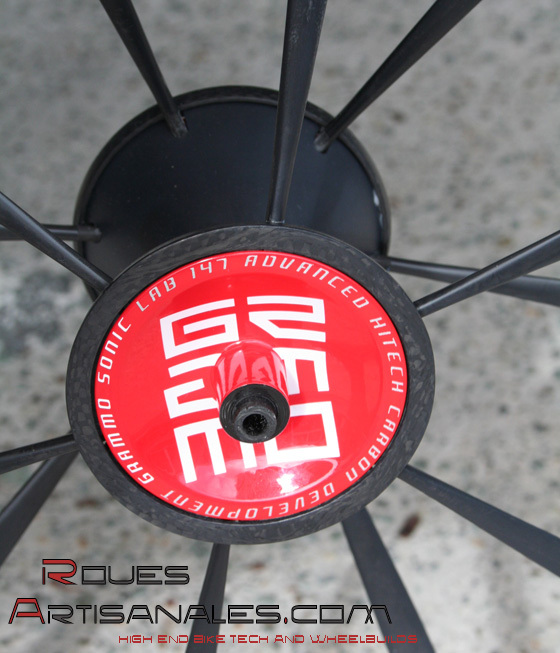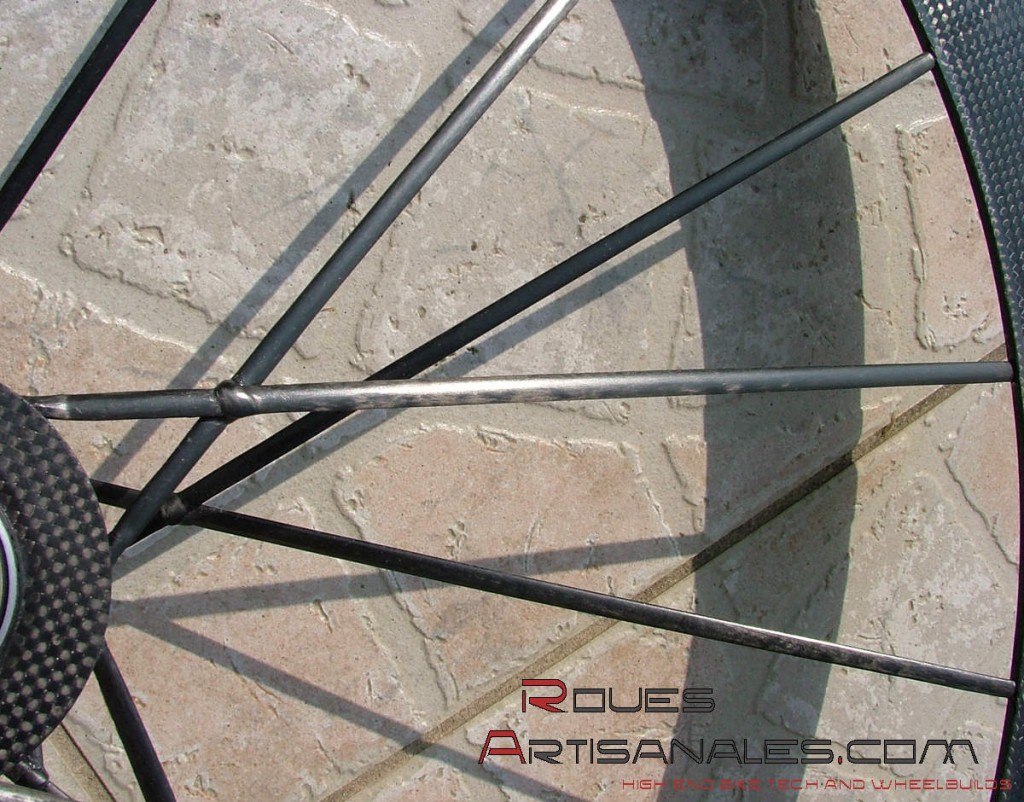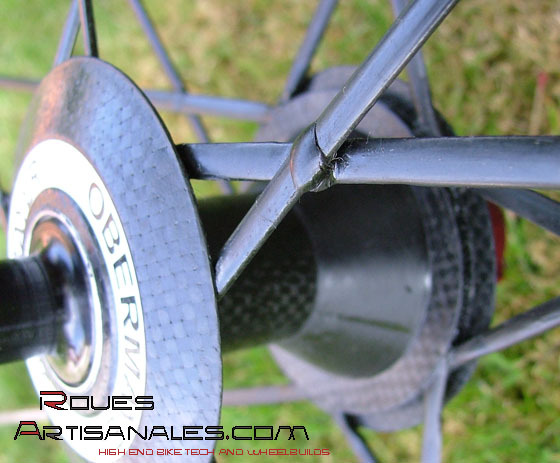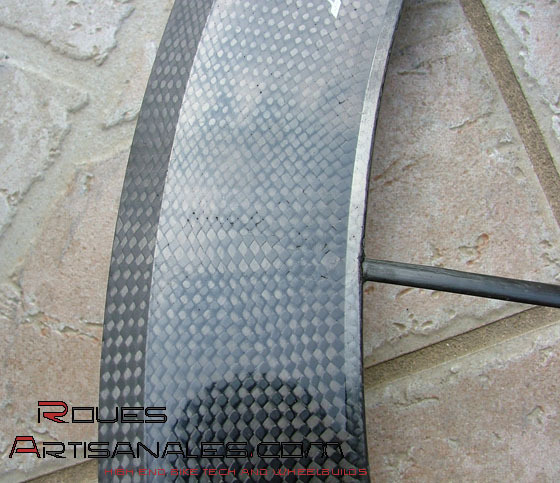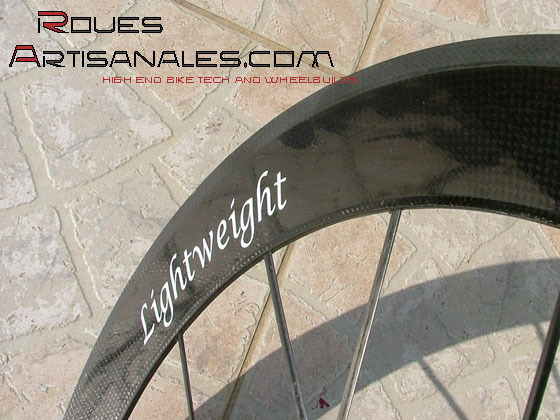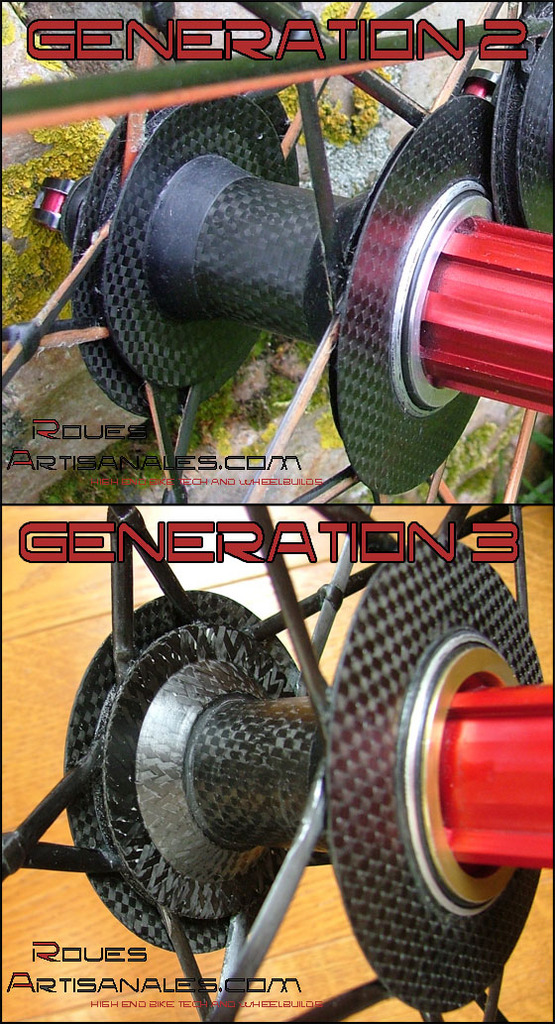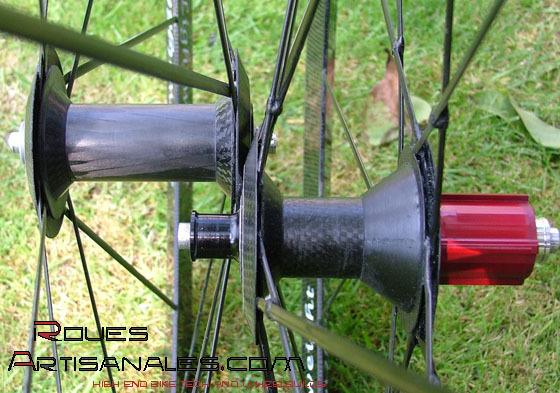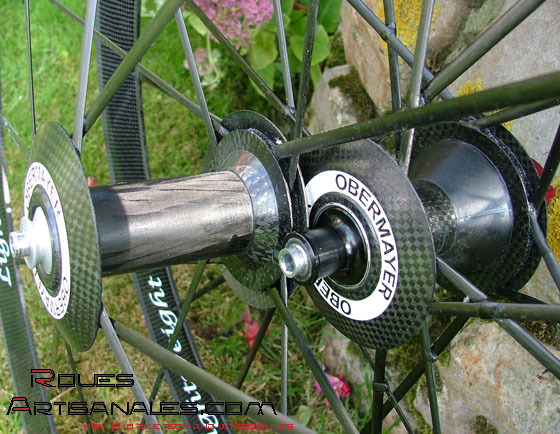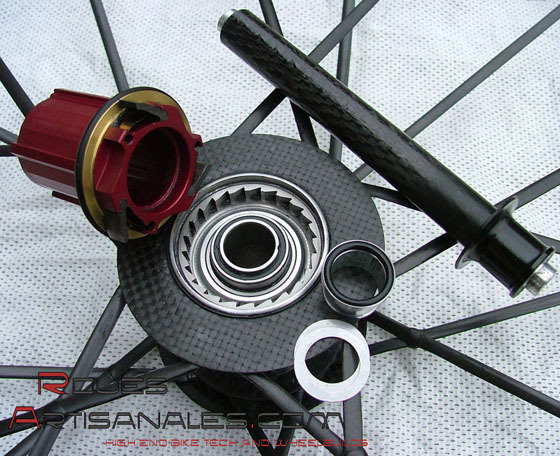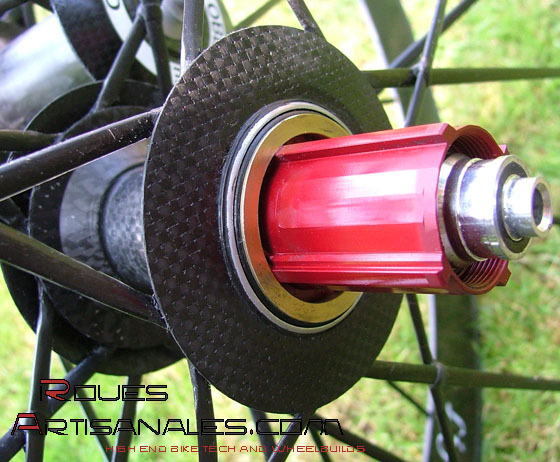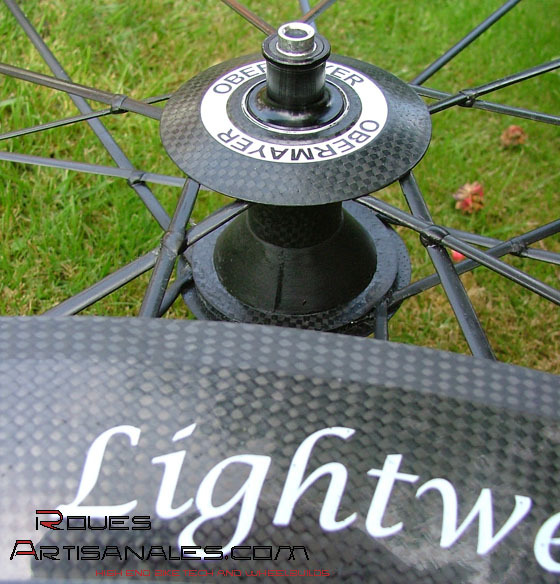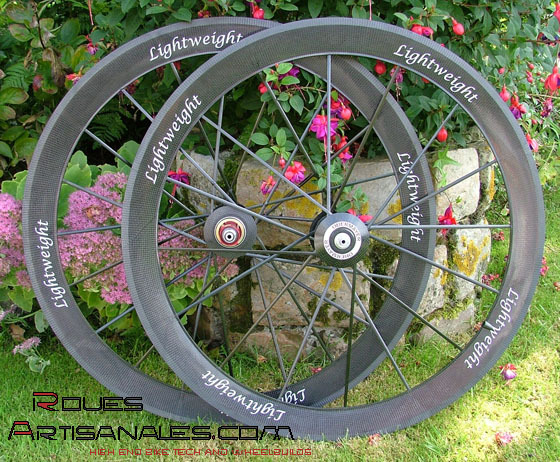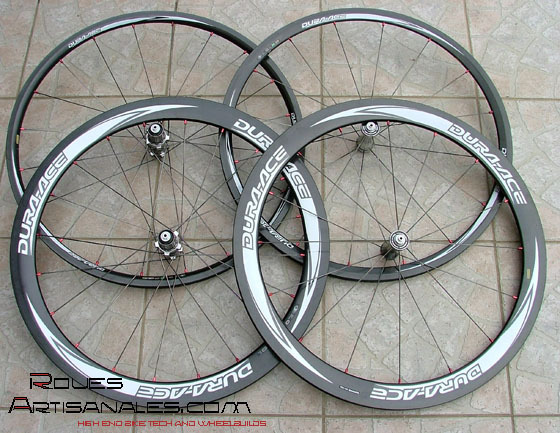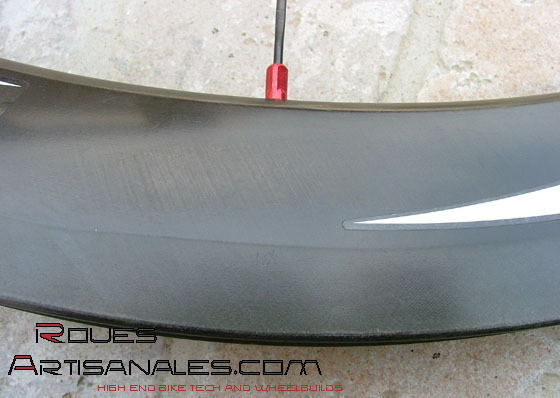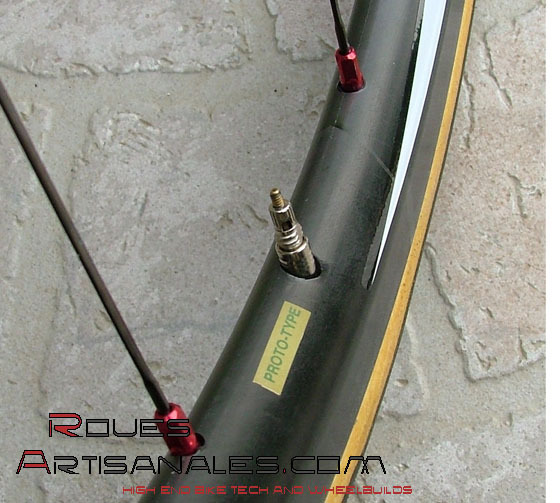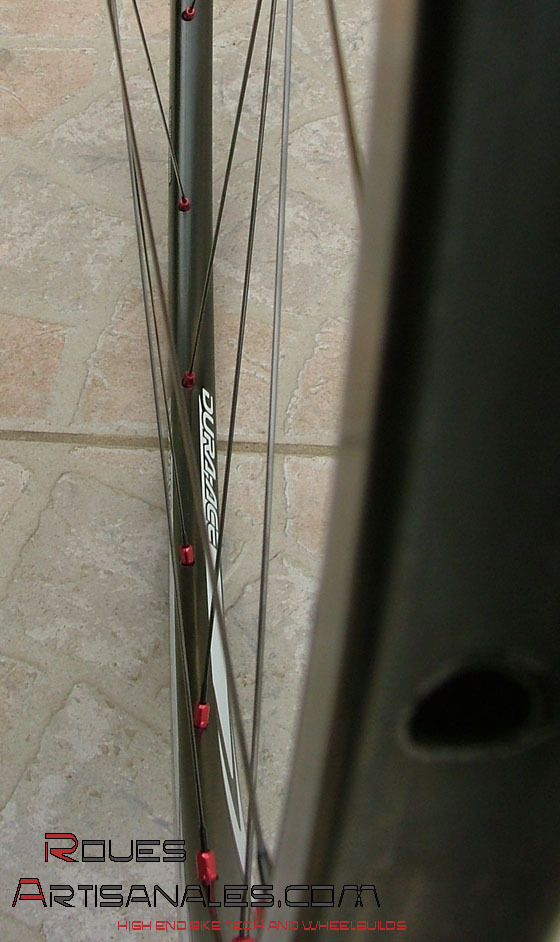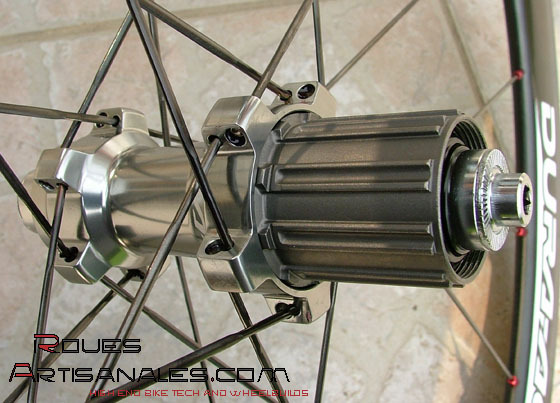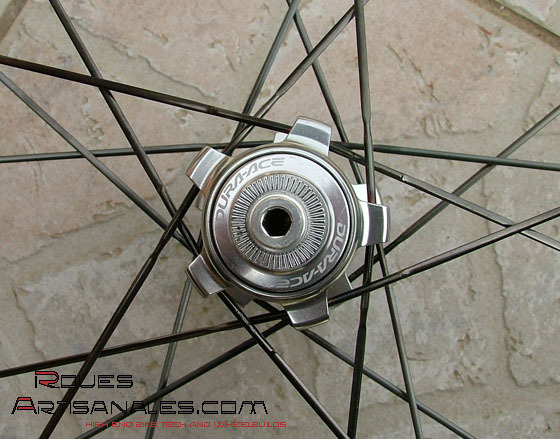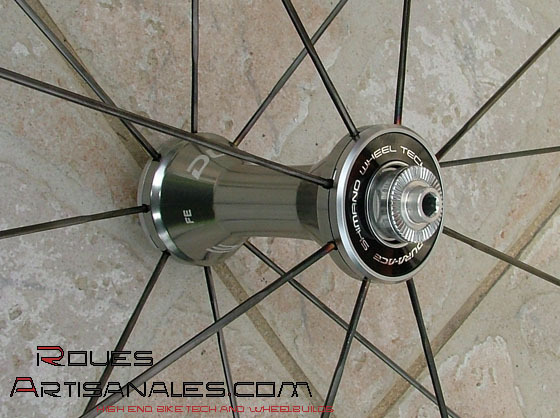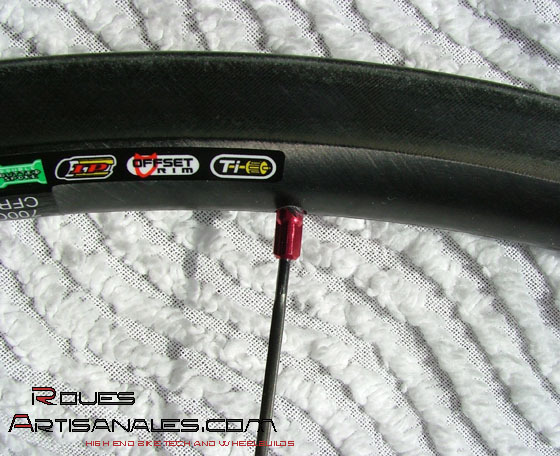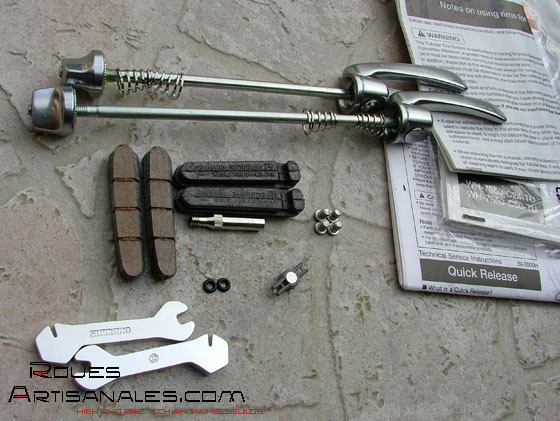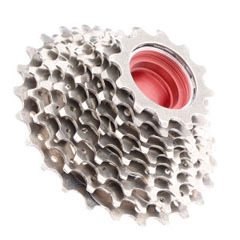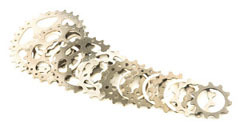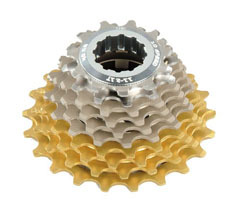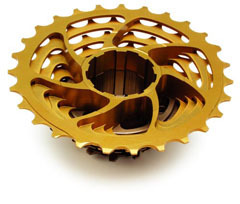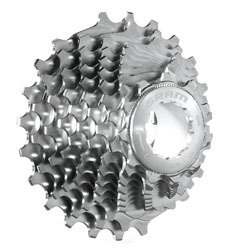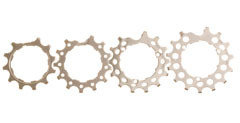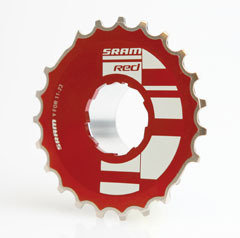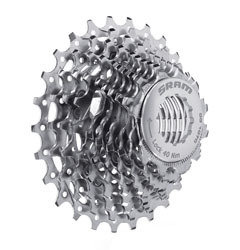|
We trust the following brands for our high-quality wheelbuilds:
Dt190 Ceramic, front hub
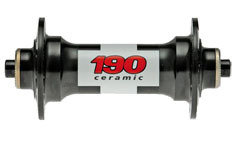
Features:
* Shell: Aluminium
* Axe: Aluminium, 17mm of diameter
* Perçages: 20-24-28-32
* Roulements: Cartridge hybrid ceramic bearings 6803
* Poids: 105g
* Coloris: Black with white sticker
Comment:
* for radial lacing
€323,90
Dt190 Ceramic, rear hub
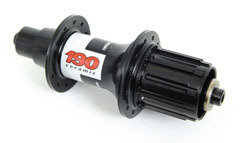
Features:
* Sheel: Aluminium
* Axe: Aluminium, 15mm of diameter
* Rotor: Aluminium with enlightened splines, enlightened and reworked ratchet engagement system
* Drillings: 24-28-32
* Bearings: Cartridge ceramic hybrid bearings 6802, 6902 and 6702
* Weight: 190g
* Color: Black with white sticker
€593,90
Dt240s radial, front hub
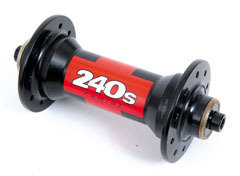
Features:
* Shell: Aluminium
* Axle: Aluminium, 17mm of diameter
* Drillings: 20-24-28-32
* Bearings: Cartridge bearings 6803 RS (RS: rubber seal)
* Weight: 108g
* Colors: Black with red sticker
Comments:
* For radial lacing
€129,00
Dt240s, front hub
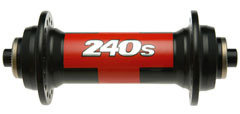
Features:
* Shell: Aluminium
* Axle: Aluminium, 15mm of diameter
* Drillings: 28-32
* Bearings: Cartridge bearings 6802 RS (RS: rubber seal)
* Weight: 96g
* Colors: Black with red sticker
€135,45
Dt240s, rear hub
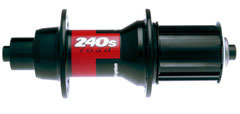
Features:
* Shell: Aluminium
* Axe: Aluminium, 15mm of diameter
* Rotor: Aluminium, patented ratchet engagement system
* Drillings: 24-28-32
* Bearings: Cartridge bearings 6902 and 6802 RS (RS: rubber seal)
* Weight: 220g
* Color: Black with red sticker
€279,00
Extralite Ultra Front SX, front hub
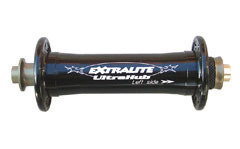
Hubs:
* Shell: Aluminium 7075 Tx CNC machinned, self-alignement flanges
* Axle: Aluminium 7075, 12mm of diameter
* Drillings: 16, 20, 24
* Bearings: 6801 RS (RS: rubber seal)
* Weight: 49g
Comments:
* The micro-tuner allows an easy and quick bearing preload adjustment, no-tools required.
* Flanges receive a special treatment to handle radial lacing stress.
* To minimize torsional static forces flanges self-align under spoke lacing tension.
* Option Extralite Ultra Front SP for straight pull spokes: 49g and 149 euros
€149,00
Extralite Ultra RearSR, rear hub
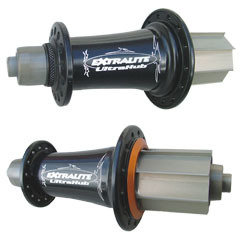
Features:
* Shell: CNC machinned aluminium 7075 Tx, grade 5 titanium
* Axle: Aluminium 7075, oversized and muti-shaped: from 17 to 20mm of diameter
* Rotor: Aluminium 7075, titanium engagement system, 3 pawls
* Drillings: 20-24-28-28
* Bearings: 6803 RS and 6804 RS (RS: rubber seal)
* Weight: 158g
* Colors: Black
Comments:
* The micro-tuner allows a bearing preload adjustment.
* Easy and quick for a smooth functionning without play, it doesn’t require any tool.
* The rear Extralite hub is the lightest available!
* Option Extralite Ultra Rear SP for straight pull spokes: 153g and 389 euros
€349,00
Powertap PRO
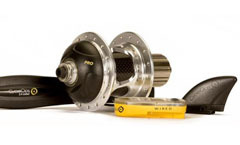
Features:
* Shell: Aluminium and carbone
* Axle: Steel, 12mm of diameter
* Drillings: 24-28-32
* Bearings: Cartridge bearings 6901 RS (RS: rubber seal)
* Weight: 567g
* Colors: Silver/Carbon
Comments:
* The lowest cost powermeter
* Display and records: power, cadence, speed, torque, hearth rate, ride distance… 15 hours of recording with 1 second recording
* Unlimited intervals
* Error margin: +/-1,5%
€899,00
Powertap SL
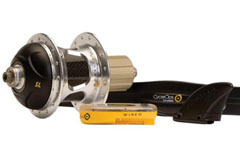
Features:
* Shell: Aluminium and carbone
* Axle: Aluminium, 12mm of diameter
* Drillings: 24-28-32
* Bearings: Cartridge bearings 6901 RS (RS: rubber seal)
* Weight: 416g
* Colors: Silver/Carbon
Comments:
* The light version of the powermeter
* Display and records: power, cadence, speed, torque, hearth rate, ride distance… 15 hours of recording with 1 second recording
* Unlimited intervals
* Error margin: +/-1,5%
€1199,00
Powertap SL 2.4
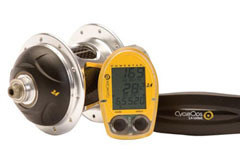
Features:
* Shell: Aluminium and carbone
* Axle: Aluminium, 12mm of diameter
* Drillings: 24-28-32
* Bearings: Cartridge bearings 6901 RS (RS: rubber seal)
* Weight: 416g
* Colors: Silver/Carbon
Comments:
* The light and wireless version of the powermeter
* The wireless transmission from the hub to the comptuter is coded: 2.4 Ghz
* Display and records: power, cadence, speed, torque, hearth rate, ride distance… 15 hours of recording with 1 second recording
* Unlimited intervals
* Error margin: +/-1,5%
€1499,00
Tune Mig70, front hub
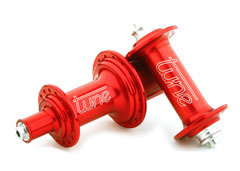
Features:
* Shell: CNC machinned aluminium 7075 T6, auto-alignement flanges
* Axle: CNC machinned aluminium 7075 T6, 15mm of diameter
* Drillings: 16-18-20-24-28-32
* Bearings: Cartridge bearings 6802 RS (RS: rubber seal)
* Weight: 75g
* Colors: Black-Red-Silver-Gold-Blue-Green,Purple, White, Orange, combinations (flanges-central body) available on order
€129,00, all colors except white which is 142,00 euros
Tune Mig45, front hub

Features:
* Shell: CNC machinned aluminium 7075 T6 center, auto-alignement carbon reinforced flanges
* Axle: High modulus strain oriented carbon fibre, 15mm of diameter
* Drillings: 16-18-20-24-28
* Bearings: Cartridge bearings 6802 RS (RS: rubber seal)
* Weight: 45g
* Colors: Black-Gold-Red
Comments:
* Difficult availability
€209,00
Tune Mag180, rear hub
Features:
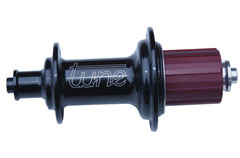
* Shell: CNC machinned aluminium 7075 T6
* Axle: CNC machinned aluminium 7075 T6, 15mm of diameter
* Rotor: Aluminium 7075 T6, hardened titanium TiAl6V4 engagement system, 36 teeth, 3 pawls
* Drillings: 16-20-24-28-32-36
* Bearings: Cartridge bearings 6802 RS, 6902 RS and Tune XOT (RS: rubber seal)
* Weight: 190g
* Colors: Black-Red-Silver-Gold-Blue-Green,Purple, White, Orange
€289,00, all colors except white which is 299,00 euros
Tune Mag160, rear hub
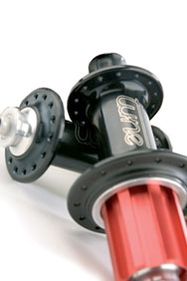
Features:
* Shell: CNC machinned aluminium 7075 T6
* Axle: High modulus strain oriented carbon fibre, 15mm of diameter
* Rotor: Aluminium 7075 T6, hardened titanium TiAl6V4 engagement system, 36 teeth, 3 pawls
* Drillings: 16-20-24-28-32-36
* Bearings: Cartridge bearings 6802 RS, 6902 RS and Tune XOT (RS: rubber seal)
* Weight: 168g
* Colors: Black-Red-Silver-Gold-Blue
€429,00
Tune Mag150, rear hub
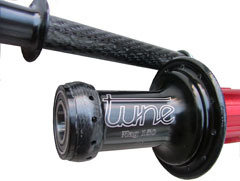
Features:
* Shell: CNC machinned aluminium 7075 T6 reworked by hand to save weight, flanges reinforced with carbon fibre for higher resistance and weight save
* Axle: High modulus strain oriented carbon fibre, 15mm of diameter
* Rotor: Aluminium 7075 T6, hardened titanium TiAl6V4 engagement system, 36 teeth, 3 pawls
* Drillings: 16-20-24-28
* Bearings: Cartridge bearings 6802 RS, 6902 RS and Tune XOT (RS: rubber seal)
* Weight: 157g
* Colors: Black-Gold, other colors on order
Comments:
* Difficult availability
€599,00
i_bug_fck
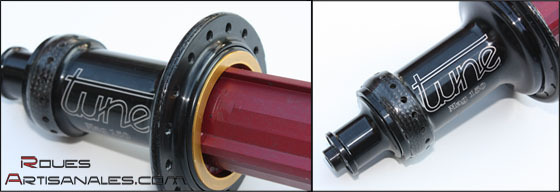
|


